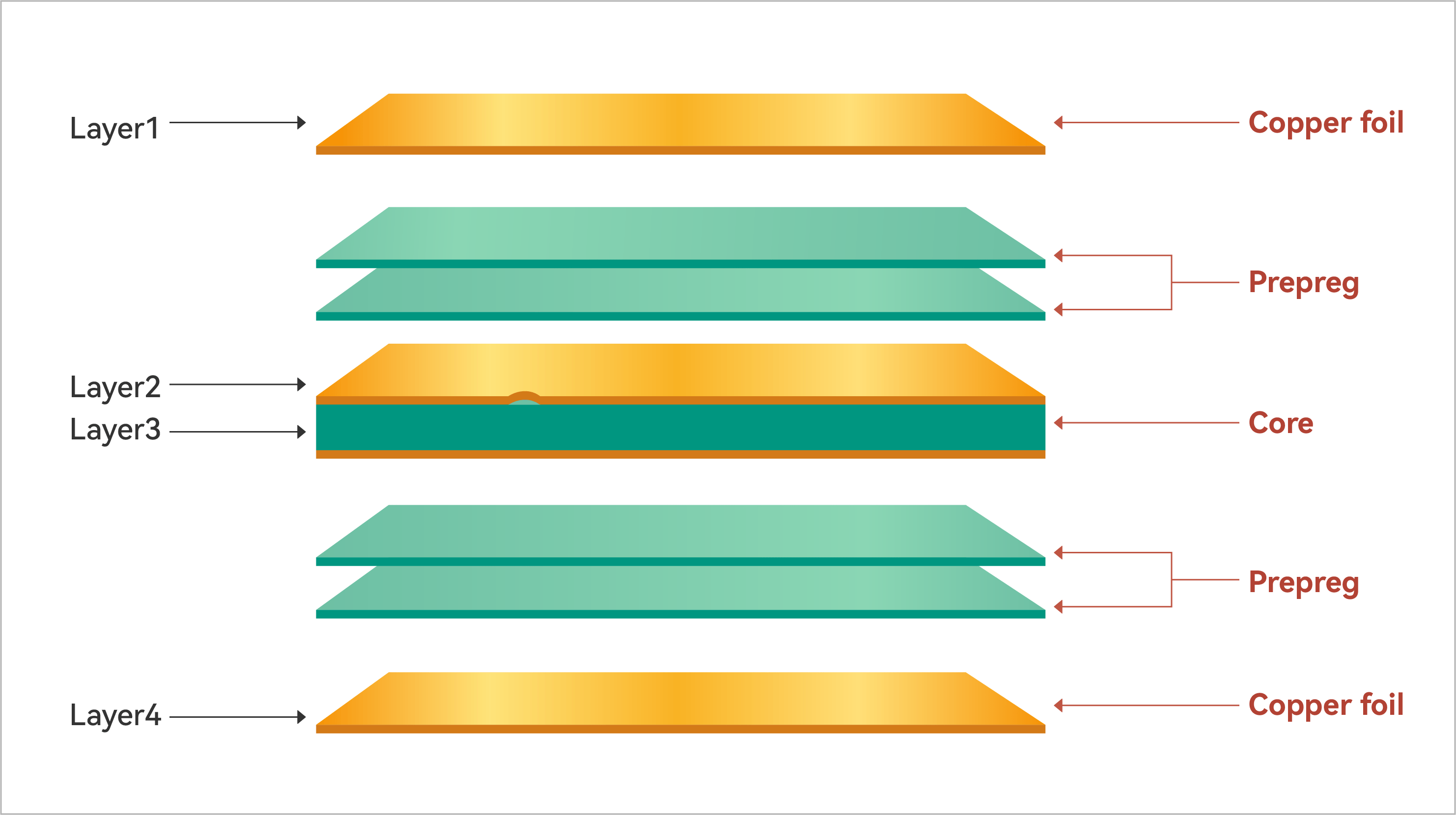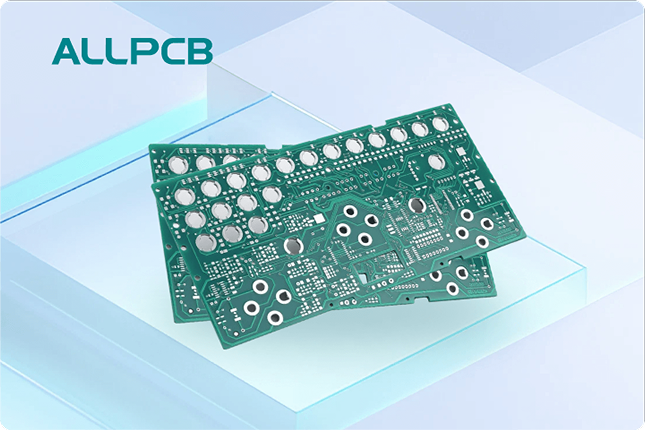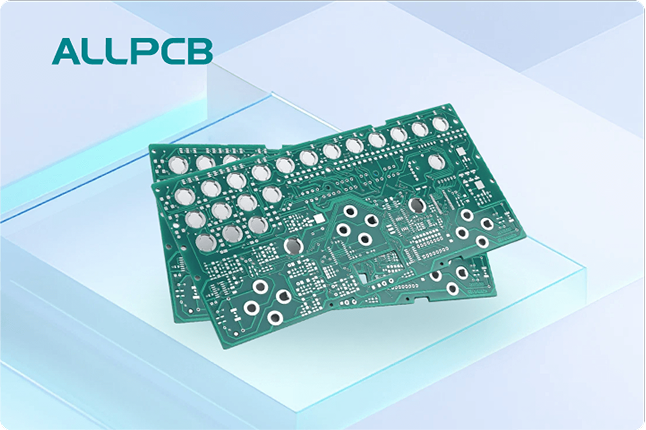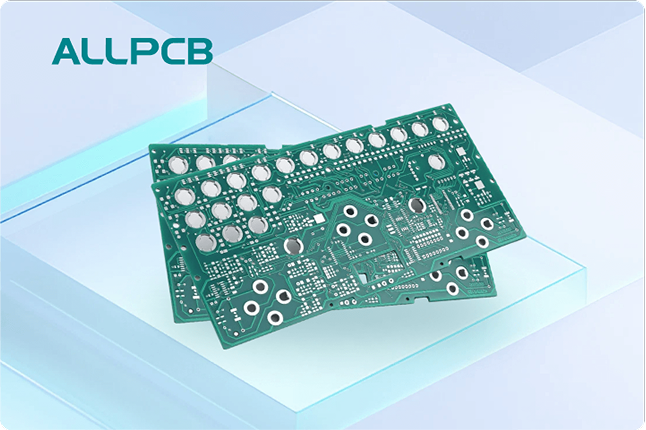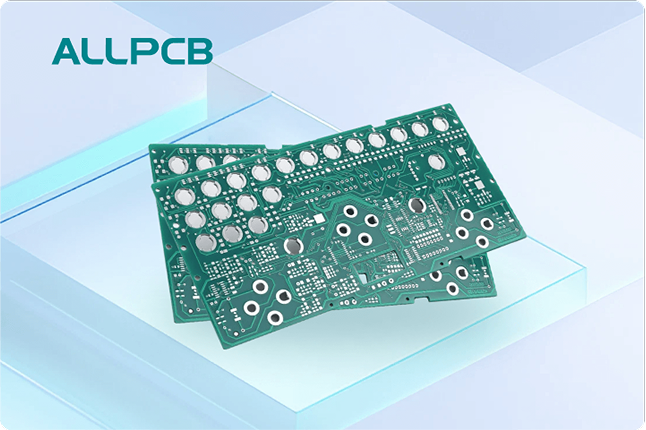In today’s fast-paced world of technology, electronics are becoming smaller, faster, and more powerful. At the heart of this evolution lies High-Density Interconnect (HDI) PCB technology. But what exactly makes HDI PCBs so vital? Simply put, HDI PCBs enhance performance and reliability in modern electronics by allowing more components to fit into smaller spaces with improved signal integrity. This blog dives deep into HDI PCB performance, HDI PCB reliability, HDI PCB applications, HDI PCB design, and HDI PCB technology, offering valuable insights for engineers and tech enthusiasts looking to understand and leverage this cutting-edge solution.
What Are HDI PCBs and Why Do They Matter?
HDI PCBs, or High-Density Interconnect Printed Circuit Boards, are advanced circuit boards designed to pack more functionality into a smaller footprint. Unlike traditional PCBs, HDI boards use finer lines, smaller vias (like microvias), and denser wiring to connect components. This results in compact designs that are crucial for modern devices like smartphones, wearables, and medical equipment.
The importance of HDI PCBs lies in their ability to support high-speed signals and complex circuits without sacrificing reliability. With the demand for miniaturization growing, these boards are a game-changer, enabling engineers to push the boundaries of innovation. Whether it’s improving HDI PCB performance for faster data transfer or ensuring HDI PCB reliability in harsh environments, this technology is shaping the future of electronics.
Key Benefits of HDI PCB Technology
HDI PCB technology offers several advantages that make it indispensable in modern electronics. Let’s break down the core benefits that contribute to its widespread adoption.
1. Miniaturization for Compact Designs
One of the standout features of HDI PCBs is their ability to reduce board size by up to 60% compared to traditional designs. By using microvias (as small as 0.1 mm in diameter) and fine lines (down to 0.075 mm), HDI boards fit more components in less space. This is critical for applications like smartwatches and hearing aids, where every millimeter counts.
2. Enhanced Signal Integrity for High-Speed Performance
In high-speed electronics, signal integrity is everything. HDI PCBs excel in this area by minimizing signal loss and crosstalk. Their shorter interconnect lengths and layered structures reduce impedance mismatches, ensuring data transfer rates as high as 10 Gbps or more in some designs. This makes HDI PCBs ideal for telecommunications and computing devices where HDI PCB performance is non-negotiable.
3. Improved Reliability in Demanding Conditions
When it comes to HDI PCB reliability, these boards are built to last. The use of advanced materials and precise manufacturing techniques ensures they can withstand thermal stress, vibrations, and harsh environments. For instance, HDI PCBs in aerospace applications often operate reliably at temperatures ranging from -40°C to 85°C, showcasing their durability.
Exploring HDI PCB Applications Across Industries
The versatility of HDI PCBs makes them a go-to choice for a wide range of industries. Let’s explore some key HDI PCB applications where this technology shines.
1. Consumer Electronics
From smartphones to tablets, consumer electronics rely heavily on HDI PCBs for their compact size and high performance. These boards enable multi-layer designs that support complex circuits, allowing devices to handle multiple functions like 5G connectivity and high-definition displays without increasing in size.
2. Medical Devices
In the medical field, precision and reliability are critical. HDI PCBs power devices like pacemakers and diagnostic equipment, where space is limited, and failure is not an option. Their ability to maintain signal integrity ensures accurate readings and consistent operation, directly impacting patient safety.
3. Automotive and Aerospace
Modern vehicles and aircraft use HDI PCBs in systems like advanced driver-assistance systems (ADAS) and avionics. These boards handle high-speed data processing for sensors and communication systems while enduring extreme conditions, proving their worth in terms of HDI PCB reliability.
4. Telecommunications and AI
With the rise of 5G networks and artificial intelligence, the demand for high-density interconnects has skyrocketed. HDI PCBs support the infrastructure for faster data transfer and complex algorithms, making them essential for servers, base stations, and AI hardware.
Understanding HDI PCB Design: Challenges and Best Practices
Designing an HDI PCB is no simple task. It requires precision, expertise, and a deep understanding of the technology. Let’s look at the key aspects of HDI PCB design and how engineers can overcome common challenges.
Key Design Considerations
HDI PCB design involves working with microvias, blind vias, and buried vias to create multi-layer structures. Engineers must carefully plan the layout to avoid signal interference and ensure proper thermal management. For example, maintaining a controlled impedance of 50 ohms is often necessary for high-speed signals, requiring precise trace widths and spacing.
Another critical factor is layer stacking. HDI PCBs often have 6 to 20 layers or more, and each layer must be aligned perfectly during manufacturing to prevent defects. Using advanced design software helps simulate and optimize these layouts before production.
Common Challenges in HDI PCB Design
One major challenge is managing heat dissipation in compact designs. With components packed tightly, heat buildup can degrade performance or damage the board. Engineers often incorporate thermal vias and heat sinks to address this issue.
Another hurdle is the cost of manufacturing. The complexity of HDI designs, with their fine lines and microvias, requires specialized equipment and processes like laser drilling, which can increase production expenses. However, the benefits of performance and space savings often outweigh these costs in high-end applications.
Best Practices for Success
To achieve optimal results, start with a clear understanding of the device requirements. Define the signal speed, power needs, and environmental conditions early in the design phase. Collaborate closely with manufacturing teams to ensure the design is feasible and meets industry standards like IPC-2226 for HDI boards.
Additionally, prioritize testing and validation. Use simulation tools to check for signal integrity issues and prototype the design to identify potential flaws before full-scale production. These steps can save time and resources in the long run.
The Role of HDI PCB Technology in Innovation
HDI PCB technology is a driving force behind many of today’s innovations. By enabling smaller, faster, and more reliable electronics, it opens doors to new possibilities across industries. Let’s explore how this technology continues to evolve and shape the future.
Advancements in Manufacturing Techniques
Modern HDI PCB manufacturing relies on cutting-edge methods like sequential lamination and laser drilling. Sequential lamination builds the board layer by layer, allowing for precise placement of microvias. Laser drilling creates tiny holes with diameters as small as 0.05 mm, ensuring high accuracy in dense designs.
These techniques improve both performance and reliability, as they reduce the risk of defects and enhance the board’s structural integrity. As manufacturing technology advances, the cost of producing HDI PCBs is also expected to decrease, making them more accessible for a wider range of applications.
Future Trends in HDI PCB Technology
Looking ahead, HDI PCB technology is poised to support emerging trends like the Internet of Things (IoT) and wearable tech. As devices become even smaller and more connected, the demand for ultra-compact, high-performance boards will grow. Innovations in materials, such as flexible substrates, are also expanding the possibilities for HDI designs in foldable devices and beyond.
Moreover, the integration of HDI PCBs with advanced semiconductor packaging, like 3D stacking, is set to revolutionize electronics by further increasing component density and speed. This synergy will be key to meeting the needs of next-generation technologies.
How HDI PCBs Boost Performance and Reliability
Let’s take a closer look at how HDI PCBs specifically elevate HDI PCB performance and HDI PCB reliability in practical terms. These two factors are often the deciding elements for engineers choosing HDI over traditional boards.
Performance Advantages
HDI PCBs shine in high-speed applications due to their reduced signal paths. Shorter traces mean less delay and faster data transmission, which is vital for devices operating at frequencies above 1 GHz. Additionally, the ability to place components closer together reduces parasitic capacitance, further boosting performance.
For example, in a 5G smartphone, an HDI PCB can handle multiple high-frequency signals simultaneously without interference, ensuring seamless connectivity. This level of performance is simply not achievable with standard PCB designs.
Reliability Under Stress
Reliability is equally important, especially in mission-critical applications. HDI PCBs are designed to endure mechanical stress and thermal cycling, with failure rates as low as 0.1% in well-manufactured boards. Their multi-layer construction distributes stress evenly, preventing cracks or delamination even after thousands of thermal cycles.
In automotive systems, for instance, HDI PCBs maintain consistent performance despite exposure to vibrations and temperature swings, ensuring safety features like collision detection work flawlessly over time.
Why Choose HDI PCBs for Your Next Project?
If you’re working on a project that demands high performance, compact size, or unwavering reliability, HDI PCBs are the way to go. They offer unmatched benefits for modern electronics, from enabling sleeker designs to supporting the fastest data speeds. By leveraging HDI PCB design and manufacturing expertise, you can bring innovative ideas to life while meeting the strictest industry standards.
At ALLPCB, we’re committed to helping engineers and innovators access top-tier HDI PCB solutions. Whether you’re developing a cutting-edge gadget or a life-saving medical device, our advanced manufacturing capabilities and design support ensure your project succeeds from concept to completion.
Conclusion
HDI PCBs are more than just a trend—they’re a cornerstone of modern electronics. By delivering exceptional HDI PCB performance, unmatched HDI PCB reliability, and endless HDI PCB applications, this technology empowers industries to innovate like never before. From the intricacies of HDI PCB design to the advancements in HDI PCB technology, there’s no limit to what these boards can achieve.
As electronics continue to evolve, staying ahead means embracing solutions like HDI PCBs that balance size, speed, and durability. With the right approach and resources, you can harness this technology to create products that stand out in a competitive market. Let’s build the future of electronics together, one high-density interconnect at a time.
 ALLPCB
ALLPCB


